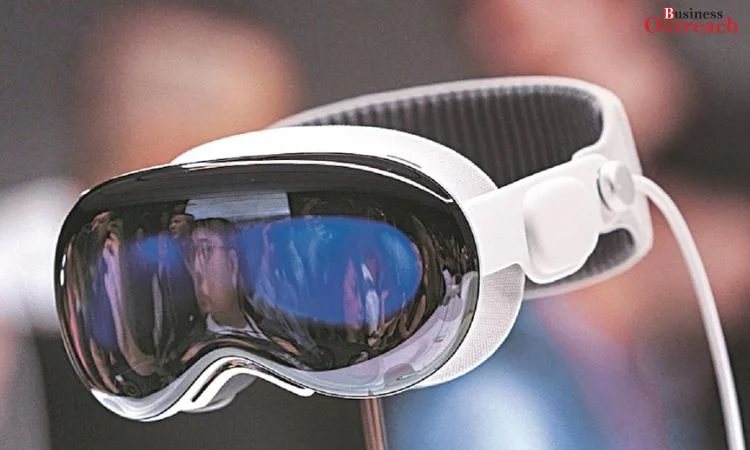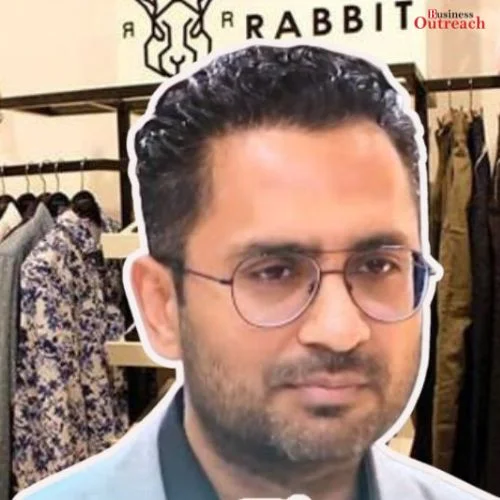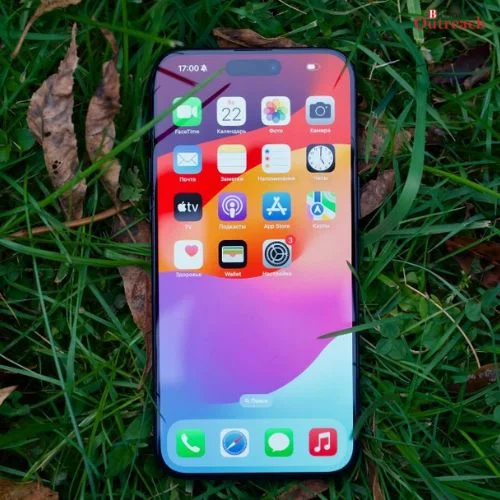The field of medicine is constantly evolving thanks to innovative new technologies. In one of India’s largest private hospitals, surgeons are now pioneering the use of augmented reality to enhance surgical procedures through Apple’s new Vision Pro headset.

Located in the bustling city of Chennai, GEM Hospital has earned a reputation as a leader in minimally invasive and advanced laparoscopic surgeries. However, their doctors knew technology could help them achieve even better patient outcomes. When Apple unveiled Vision Pro earlier this year, the hospital saw its potential to transform the operating room experience.
Traditionally, laparoscopic surgeries require surgeons to view a 2D monitor displaying a real-time video feed from an internal camera. This limits their view of the surgical site and anatomical structures. It also forces medical staff to cluster around the single screen, which can cause ergonomic issues after long complex cases.
Vision Pro solves these problems by allowing surgeons to see 3D interactive images floating before their eyes through the mixed reality headset. Dr. R. Parthasarathy, a senior gastroenterological surgeon at GEM, was one of the first in India to use the device for actual operations. “I had a better vision and was connected to the real world,” he explained.
Some of the key benefits Parthasarathy observed included simultaneously viewing multiple data sources like CT scans without removing focus from the procedure. Enlarging the surgical field of view to life-size proportions gave an unprecedented level of visual clarity deep inside the abdominal cavity. Issues of neck strain from peering down at monitors for hours disappeared.
Perhaps most exciting of all, the headset enabled real-time collaboration with remote experts. Parthasarathy could conduct FaceTime conferences right in the operating theater, getting additional perspectives without pausing surgery. This opens up novel possibilities for teaching and proctoring and brings top specialists within virtual reach.
You might think using such cutting-edge technology would add complexity to an already delicate medical procedure. However, Parthasarathy says the intuitive Vision Pro interface made it surprisingly easy to incorporate. “There is no delay in transmission. I had better ergonomics and could seamlessly toggle between augmented and real views,” he noted.
These early positive experiences have inspired the hospital to expand Vision Pro usage across more specialties. Gastrointestinal, urological and general surgeries will all leverage its mixed reality functions going forward. Administrators see it as a valuable tool for standardizing best practices as virtual proctoring takes off.
As medical innovations go, augmented reality represents a paradigm shift with untapped potential. By embracing Vision Pro’s capabilities for enhanced visualization, multi-user collaboration and remote expertise, GEM Hospital is establishing itself as pioneers in India’s new frontier of “smart surgery”. With continued refinement, technologies like these may one day make minimally invasive procedures even more precise and accessible worldwide.
In Chennai’s dynamic medical community, institutions like GEM have long nurtured a culture of embracing disruption. Their openness to experimental technologies now has them on the cutting edge of an emerging field with Vision Pro. Who knows what new frontiers in care may emerge as augmented reality’s role in the operating room continues to evolve. One thing is clear – patients in Chennai stand to benefit greatly from such innovation in their backyard.















